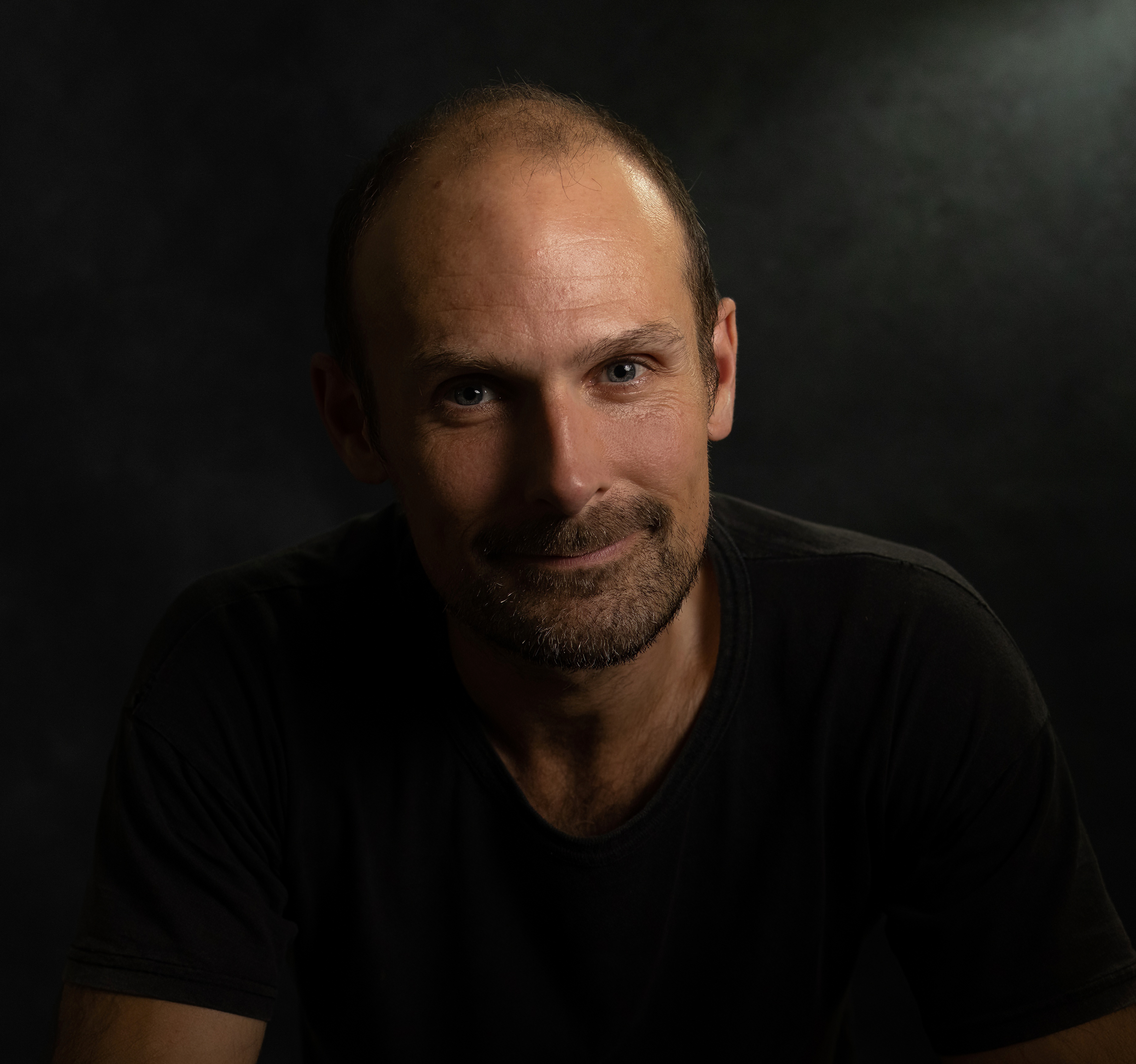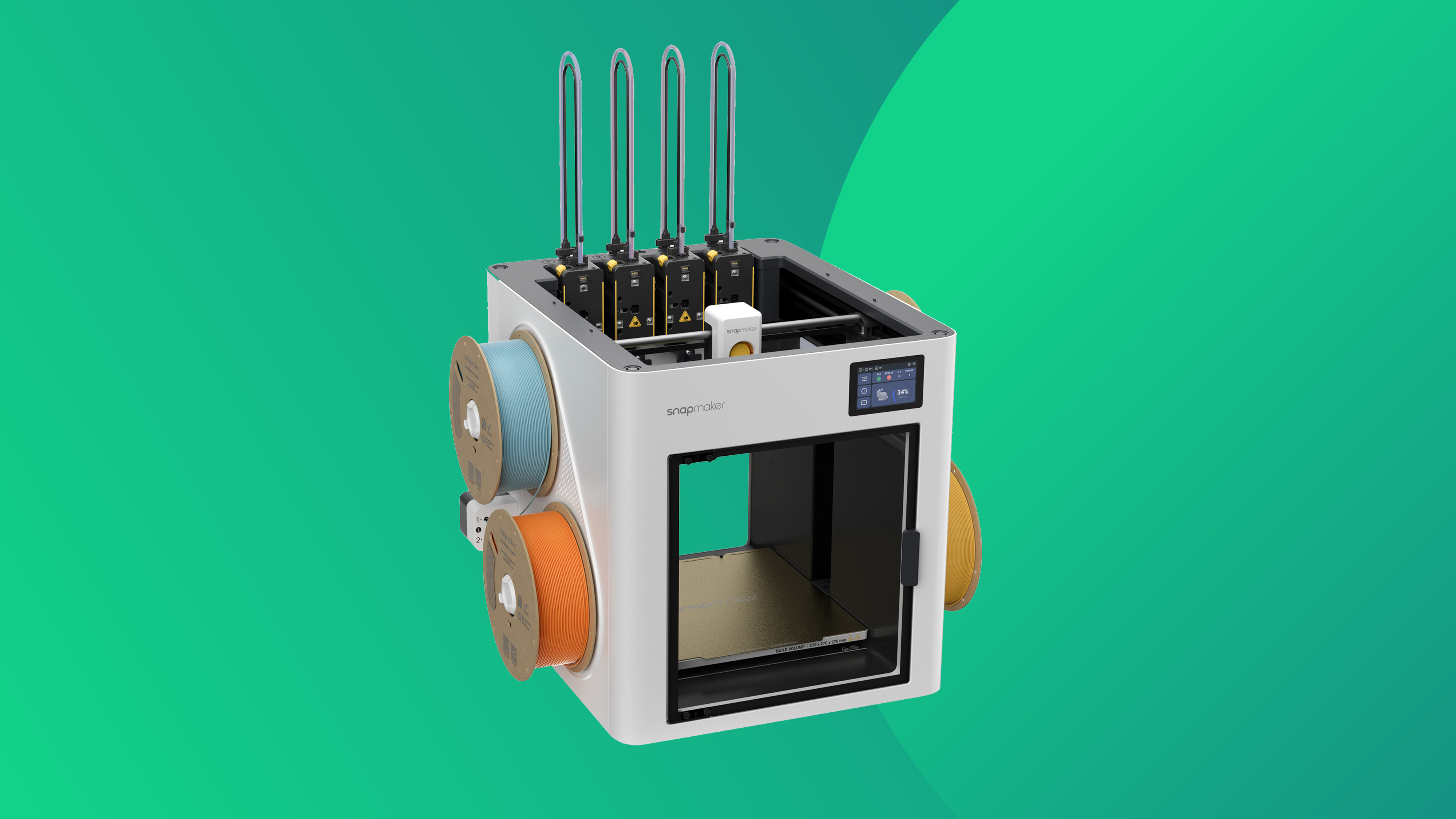If you're an Instagram or TikTok user, chances are you're finding it increasingly hard to differentiate between genuine images and videos and AI-generated content in your feed. But OpenAI now has a solution: what if we make it all AI slop?
The company behind Chat GPT is entering the social media space with Sora, an iOS app named after its generative AI video model. The app uses OpenAI's new Sora 2 model and allows users to generate videos and remix others' generations. You can also add yourself or friends to videos via 'cameos'.
Is an app where you can make and deepfake new friends the end of social media? OpenAI claims the opposite, predicting that Sora wil bring back the sense of community that's been lost by other apps.
A post shared by OpenAI (@openai)
A photo posted by on
Like with apps such as Instagram and TikTok, users have a feed that shows content from their friends as well as posts the algorithm thinks they'll like. By default, content will be “heavily biased towards people you follow or interact with, and prioritize videos that the model thinks you’re most likely to use as inspiration for your own creations”.
The cameos feature allows users to put themselves or friends into Sora scenes after they have made a short one-time video-and-audio recording in the app to verify their identity and capture their likeness.
OpenAI says feedback from testers suggests this is what makes the app different and fun to use as a “new and unique way to communicate with people”. Within a week of launching the app internally it "heard from our colleagues that they’re making new friends at the company because of the feature”.
A post shared by Sora (@soraofficial)
A photo posted by on
Great, so we get social media doomscrolling but with 100% fake AI content? At a time of increasing concern about potential fraudulent use of deepfakes, launching an app where the entire premise is to create fake videos featuring people you may have only just connected with virtually seems a provocatively controversial move. Some users are likely to have questions about how OpenAI will be using their data from the app.
Daily design news, reviews, how-tos and more, as picked by the editors.
The company stresses that users can decide who can use their likeness and can revoke access or remove videos that include it. It also insists that “concerns about doomscrolling, addiction, isolation, and RL-sloptimized feeds are top of mind” and that it's giving users the option to customise what they see on their feed.
It's built mechanisms to periodically poll users on their wellbeing and claims that it's not optimizing for time spent in feed. Instead, its prioritising creation over consumption, which sounds like it also makes sense for OpenAI's business model since it plans to eventually charge for generations at times of high demand.
The app will also have default limits on how many generations teenagers can see per day and stricter permissions on cameos for under 18s. It's not clear if this requires mere self-verification, but OpenAI is also adding parental controls via ChatGPT.
Testing out Sora 2 and the new Sora app.. thought I’d try to make an entire video using only prompts and have my cameo avatar say what I tell it to. What do you think?@OpenAI pic.twitter.com/LnKDgM8nkvSeptember 30, 2025
It will be interesting to see how Instagram and TikTok react to the new competition. Now could be a great time for existing platforms to differentiate themselves by committing to genuine original content and better flagging of AI material.
Alas, considering that Meta has tended to respond to competition by copying and implementing the same mechanics, I wouldn't be surprised if it does the opposite and introduces a deepfake tool of its own, potentially sparking a downward spiral across all social media (see our pick of the best social media platforms for artists).
Creatives working in branding will need to watch the space and decide how brands can respond. If Sora takes off and brands decide they want to add the app to their social media strategies, they will need to decide how to navigate a new kind of space where nothing is real.
There could be opportunities for brands to connect with audience by adding their own takes on trending AI memes, but the amount of resistance to AI also brings risks, and there's a danger that brand assets could easily slip from their control.
The Sora iOS app is available to download now from the Apple App Store. Sign up is by invite only.
Rollout began in the US and Canada today, and the plan is to quickly expand to additional countries. After you’ve received an invite, you’ll also be able to access Sora 2 through sora.com. Sora 2 will initially be available for free, and ChatGPT Pro users will also be able to use Sora 2 Pro.
For more creative apps, see the news on Adobe's launch of Premiere Mobile for iPhone.

Joe is a regular freelance journalist and editor at Creative Bloq. He writes news, features and buying guides and keeps track of the best equipment and software for creatives, from video editing programs to monitors and accessories. A veteran news writer and photographer, he now works as a project manager at the London and Buenos Aires-based design, production and branding agency Hermana Creatives. There he manages a team of designers, photographers and video editors who specialise in producing visual content and design assets for the hospitality sector. He also dances Argentine tango.
You must confirm your public display name before commenting
Please logout and then login again, you will then be prompted to enter your display name.
